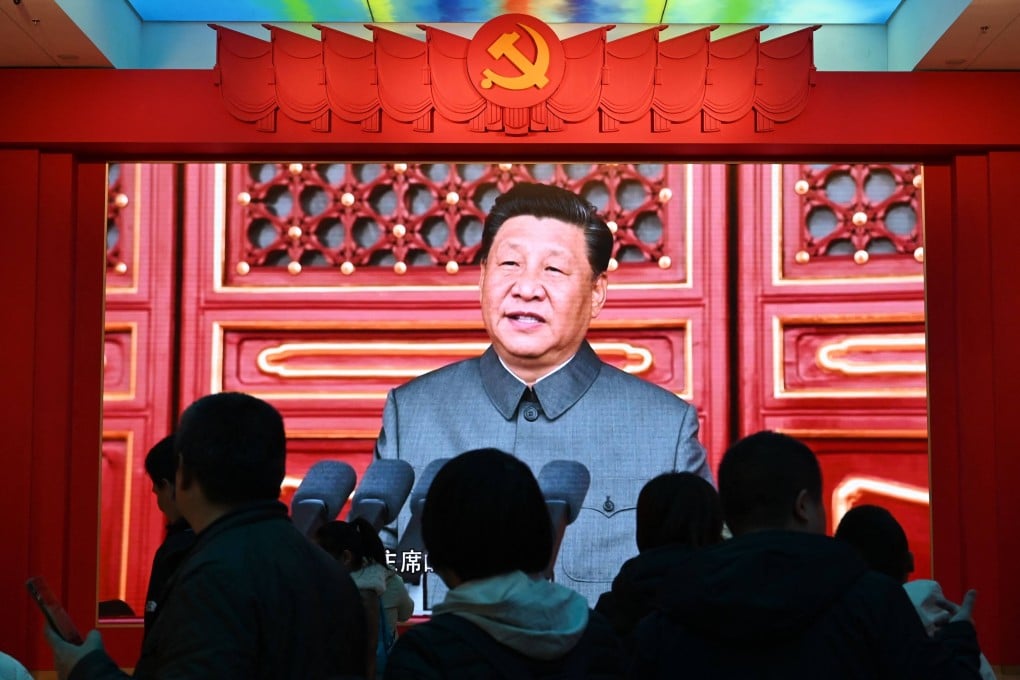My Take | China’s ‘new productive forces’ concept offers fresh hope and impetus for economic transformation
- President Xi Jinping has described new productive forces as ‘freed from traditional economic growth models’ and featuring ‘high technology’
- The concept shows that top Chinese leadership realises that ‘old’ productive forces can no longer move the country forward

China’s latest catchphrase to describe its development is “new productive forces”. The term, coined by President Xi Jinping during his nationwide tour last year, is set to be enshrined in party documents and government policy blueprints in the coming years, providing an answer to the country’s economic future.
“Productive forces”, which refer to the combination of human labour with technology and infrastructure, is a central idea in Marxist theory about societal progress. The notion that capitalism will ultimately fail and give way to socialism is backed by the argument that socialism is better at unleashing productive forces.
Chinese Communist leaders fully endorsed the theory and provided their own interpretations.
The most well-known reading is from former paramount leader Deng Xiaoping, who said socialism is essentially about “emancipating and developing productive forces”.

His successor, Jiang Zemin, went a step further with the “theory of three represents”. He argued that the Communist Party’s legitimacy comes from its ability to represent “the development trend of China’s advanced productive forces”. Therefore, the focus of socialism should be the economy, and the value of socialism should be shown in development, not through purging class enemies.
